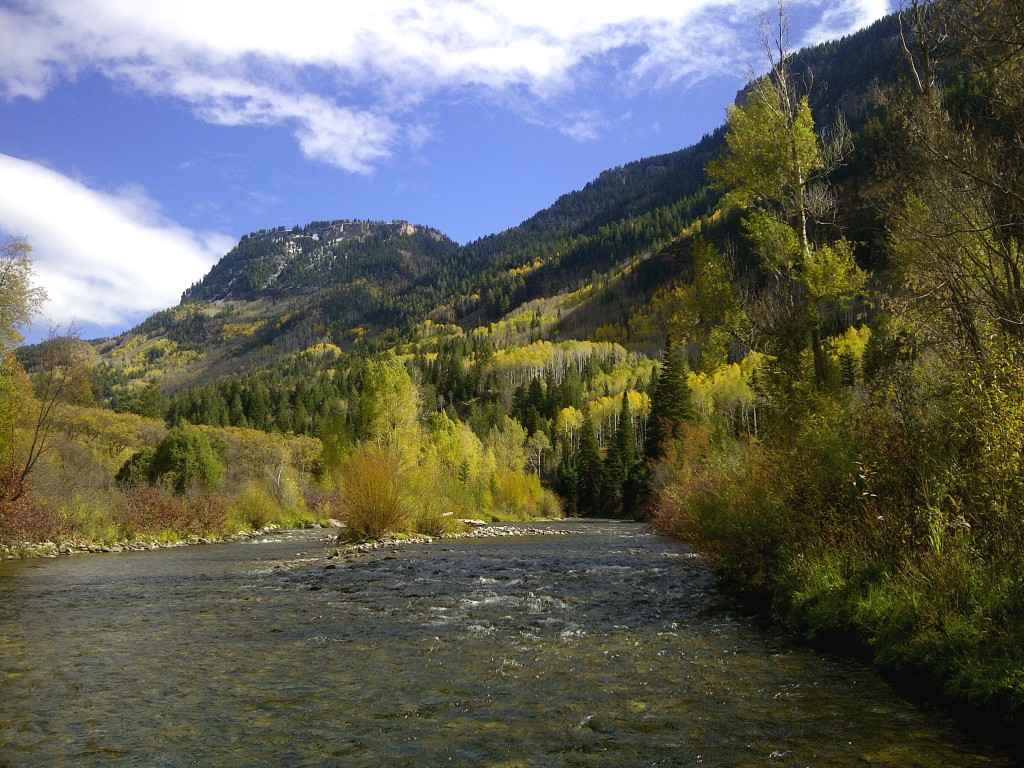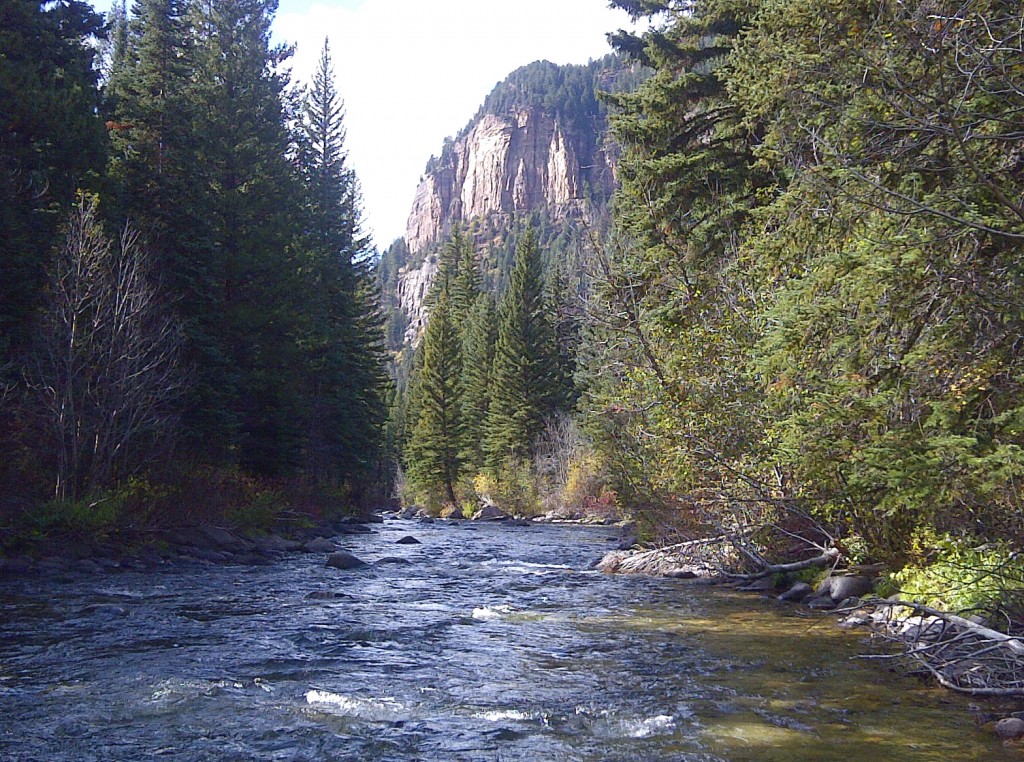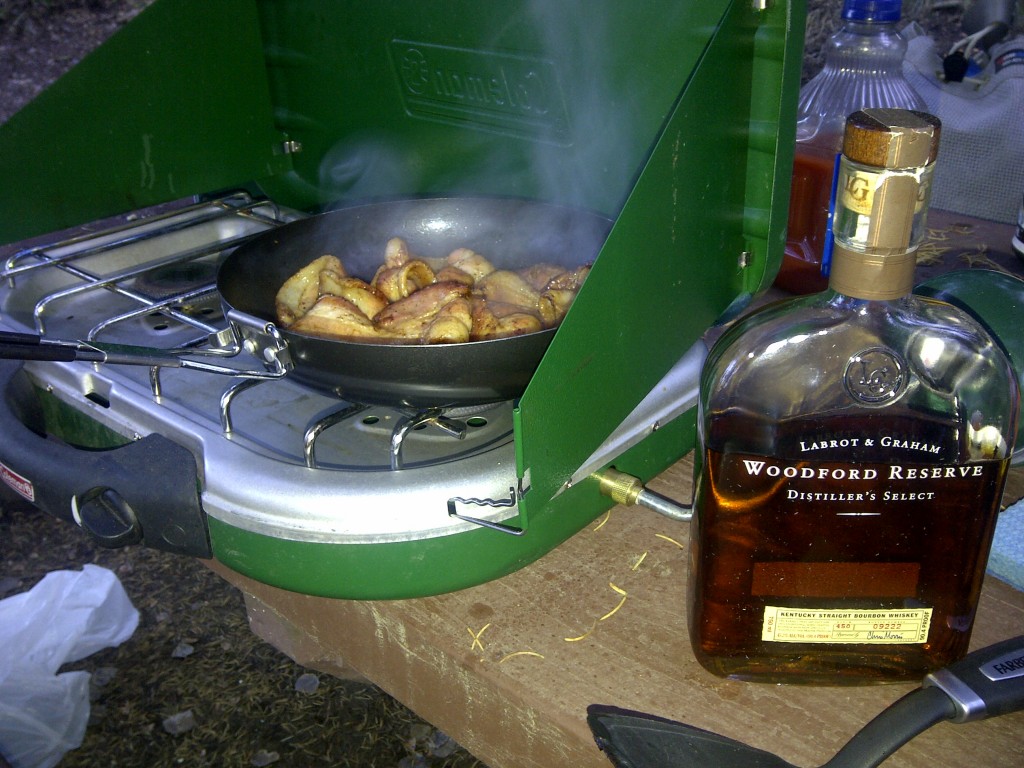The phone rang. It was Mr Pink on the other end. “Wanna float?’ he asked. I looked out the window, dubious to say the least. The trees were bending before an unrelenting wind, tumbleweed tumbled, even the birds were walking.
“It’s a little breezy don’t you think? I replied. Menacing grey clouds enveloped the Sawatch Range and were fingering their way down between the peaks of the Sangres. A great day to reacquaint myself with my hearth, I thought. One of the reasons why you live a few minutes from a river is so that you don’t need to venture out on days like these.
“Nah, it’s nice down here – barely a breeze, and the sun’s shining.” Pink lives on the river in Howard, in many ways something of a parallel universe to Salida, separated not by a wafer thin membrane, but a few miles of blacktop. “We’ll float from my place to Vallie Bridge. Should only take a couple of hours.”
Not for the first time, my wife regarded me that look that is equal parts amusement and pity as I announced my plans for the afternoon. “You’re doing what?” I shrugged,and seeking respite from her gaze, headed for the refuge of the garage to dig out my waders and gear. The day before, I’d biked Cottonwood , sections of the trail blanketed in six inches of snow, so how bad could it be?
As it turned out, Pink was right. While an occasional wind gust rattled through the cottonwoods, sending dead leaves scratching and scurrying across the ground, the sun rode high over the clouds on the peaks, bathing the river in a late fall glow.
As we pushed away from shore, it occurred to me that this was the first time I’d floated the river in November. Does an aging memory play tricks, or is November the new October, weather-wise? Either way, it was great to be out there again, feeling the motion of the river beneath the boat, trying to guess where a hungry fish might reside on such an afternoon.
While the activity wasn’t prolific, we each felt the weight of a fish on the end of the line, enough stragglers camped along the edges of eddies and riffles to make the afternoon worthwhile, a success by any measure.
All in all, you’ve got to love living in a place where, even when there is snow on the ground, you can mountain bike one day, and float fish the next. Thanks for the call Pink.




